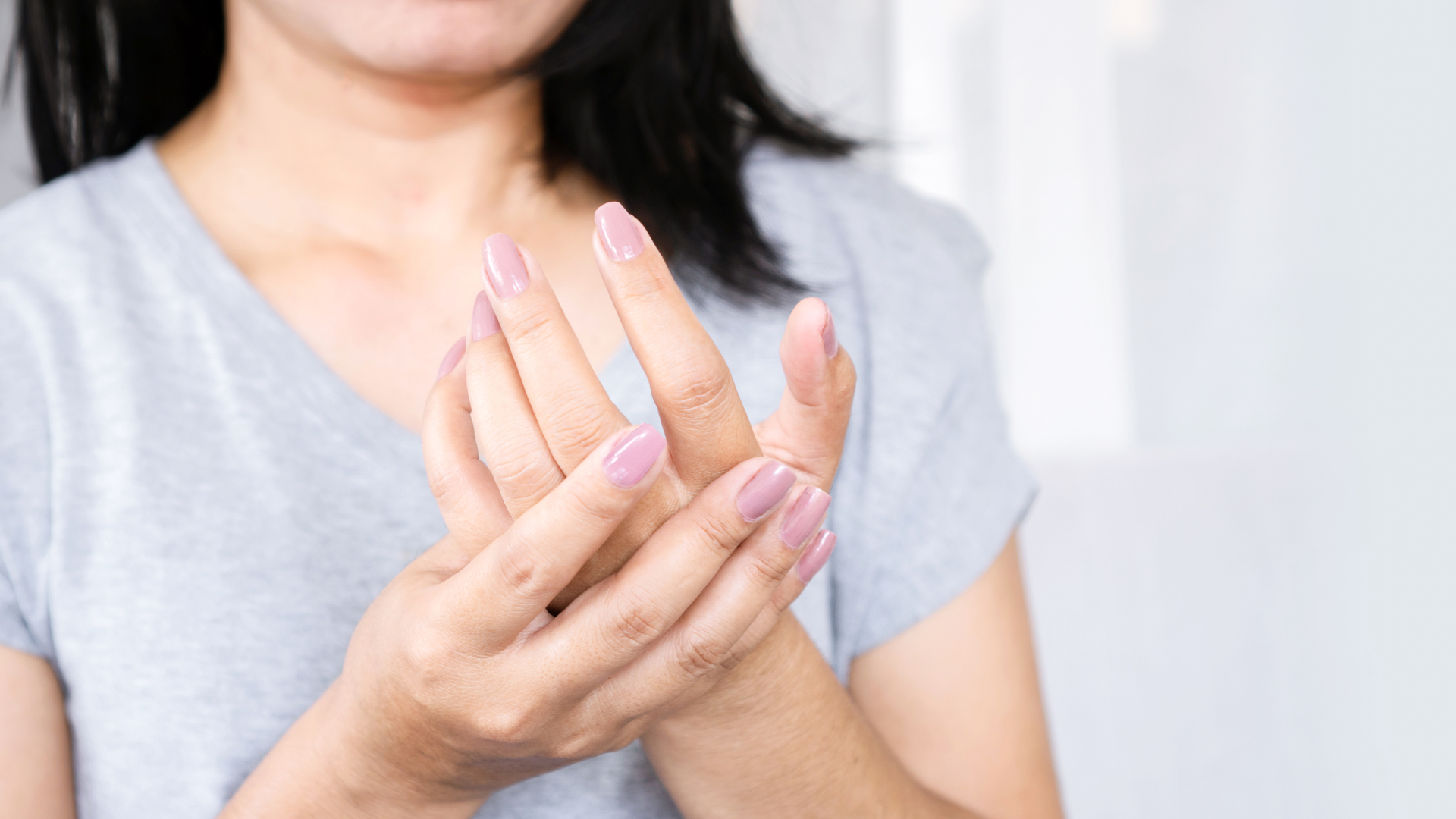Carpal tunnel, which is a common nerve compression disorder causing pain, tingling and numbness in the wrist, hand and fingers, is an occupational disease, right? “Wrong,” says Alejandro Badia, M.D., a noted hand and upper limb specialist and founder and chief medical officer of the Badia Hand to Shoulder Center and OrthoNOW®. He brands claims that carpal tunnel syndrome develops because of overuse of the wrist a “myth, much like saying cracking your knuckles leads to arthritis or eating chicken soup will cure the common cold.”
The syndrome occurs when the median nerve, which extends from the forearm to the hand through the narrow tunnel of bone and ligaments on the wrist’s palm side, becomes pinched and inflamed from irritated tendons or other conditions that cause swelling and thickening of the connective tissue surrounding the nerve in the wrist canal. Dr. Badia explains that symptoms begin gradually and worsen over time. These symptoms include wrist or forearm pain; persistent burning, tingling or numbness in the fingers; and decreased hand and wrist strength.
“CTS is an extremely common, readily diagnosable medical condition. However, it is often misunderstood, even by the scientific community,” Badia says. Recent studies bear him out.
For example, the latest research, published in a July 2020 issue of Nature Communications indicates that genetics may play a much greater role in CTS than once thought. In analyzing nearly 100 cases of CTS in two families, scientists report finding mutations of a gene “highly expressed” in the tissue around the median nerve. The mutated gene is believed responsible for promoting an accumulation of cells that cause the connective tissue to thicken and press on the nerve. Study results could eventually lead to new treatments and preventive measures.
But genetics is only one culprit in a disorder considered multifactorial. The National Institutes of Health reports women are three times more likely than men to experience carpal tunnel syndrome. The higher risk among females is likely due to their anatomically narrower wrist channels and the disorder’s suspected relationship toVariations in the levels of these substances – such as what occurs in menopause and pregnancy – can lead to fluid retention and thicken the extracellular matrix in the wrist, resulting in pressure on the median nerve,” Badia says.
Researchers say that other conditions increasing risk among both sexes are injuries to the wrist, obesity, inflammatory and nerve-related diseases like arthritis and diabetes, and a dysfunctional thyroid. The thyroid controls metabolism – how the body utilizes energy from food.
Sleeping on flexed hands allows fluid to pool in the wrist canal. If directed by an orthopedic specialist, wear a wrist splint at night to relieve pressure on the wrist canal.
Hunching places strain on arms, wrists and hands. Avoid bending the wrist too high or too low.
Take Breaks when doing any prolonged activities involving hands or wrists
Keep hands warm in a cold environment. Cold hands are a risk factor for CTS.
Because hormonal changes can cause fluid retention at night, women, in particular, should talk to their physicians about taking prescribed doses of vitamin B6, which some scientists believe decreases fluid in the carpal canal.

“Repetitive wrist activities, such as typing on a computer keyboard or handling a cash register, may further aggravate CTS symptoms but are not linked to actual development of the disorder. Clinical research has failed to demonstrate conclusively any definned relationship between CTS and constant use of the wrist,” Dr. Badia indicates. “The ‘myth’ that workplace responsibilities somehow cause CTS has resulted in the misdirection of billions of dollars into workers’ compensation to treat a condition that commonly occurs in the general population.
Alejandro Badia, M.DChief medical Officer at Badia Hand to Shoulder Center
Also debunked by Badia are false beliefs that the only recourse for CTS is surgery, which frequently proves unsuccessful. In fact, initial, recommended therapies tend to be conservative. Depending on the severity of the condition, treatments can involve wrist splints at night, anti-inflammatory medications,
“Most importantly, patients who are experiencing the classic symptoms of CTS should contact an orthopedic specialist as quickly as possible. If left untreated, the syndrome can eventually make it difficult to form a fist, coordinate fingers and do simple, manual tasks like buttoning a shirt or blouse. The disorder may even lead to a wasting of muscle at the base of the thumb and permanent nerve damage,” Badia cautions.

Powered By EmbedPress

Monday- Friday: 8:30AM- 5:00 PM
Saturday- Sunday: Closed